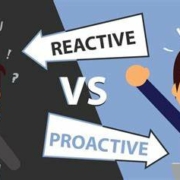SMS + Phishing = Smishing
It seems like every time you turn around these days someone has come up with a new way to try and part you from your money or steal your identity. Scammers are constantly posting rogue apps on Facebook, putting malware links in Tweets, and sending you phishing e-mails. Smishing is basically phishing scams that are sent over Short Message Service (SMS) text messages.
Most phishing scams take advantage of your fears, such as:
- Fear of someone stealing your money
- Fear of being accused of a crime that you did not commit
- Fear of someone doing harm to you or your family
- Fear of something embarrassing being revealed about you (whether it is true or not)
To help prevent phishing scams from happening:
Almost all major cell providers allow you to set up a Text Alias that you can use to receive texts. The texts still come to your phone and you can send texts, but anyone you text sees your alias instead of your actual number. You can then block incoming texts from your real number and give all your friends and family the alias you are using.
Since scammers most likely won’t guess your alias and can’t look it up in a phone book, using an alias should cut down on the number of spam and smishing texts you receive.
On iOS devices you can filter and separate unknown and private numbers from the people you know. Go to Settings > Messages and toggle on the Filter Unknown Senders option. This will create a new tab in your Messages app called “Unknown Senders,” and you won’t get notifications for these.





